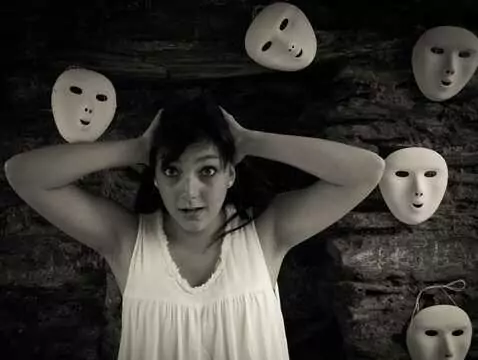In the course of schizophrenia there can be two types of symptoms, which are sometimes referred to as positive symptoms and negative symptoms. This division, contrary to appearances, does not take into account favourable and unfavourable disorders - negative symptoms are called problems, such as, for example, emotional shallowness or withdrawal from social relations, aspects that the patient has somehow "lost". What, then, are the positive symptoms of schizophrenia?
Ad:








